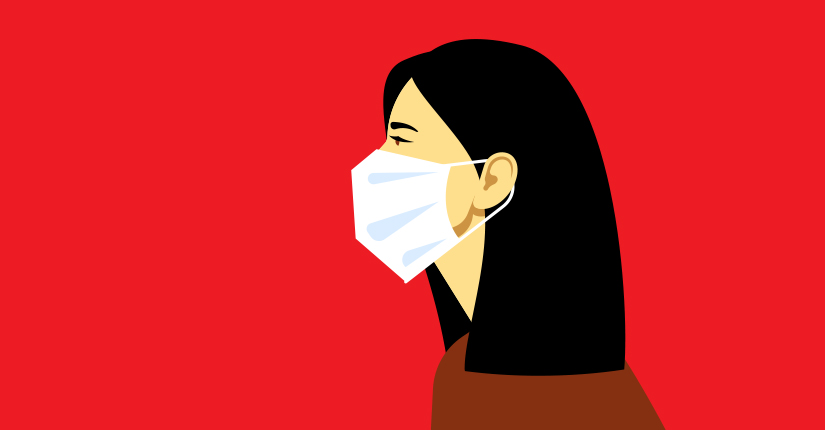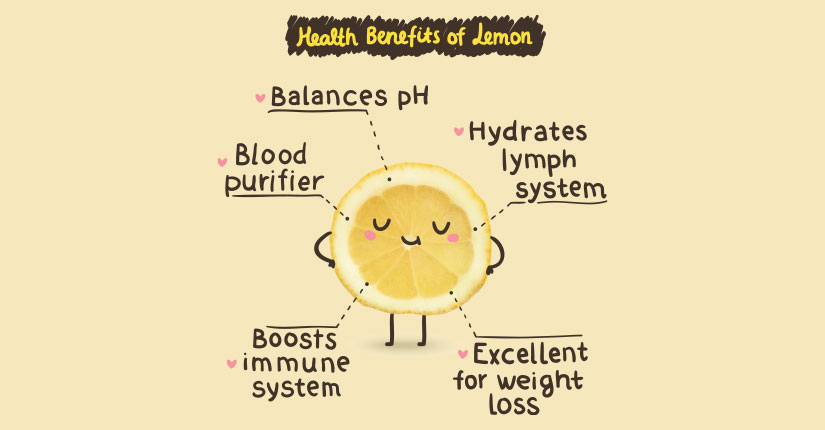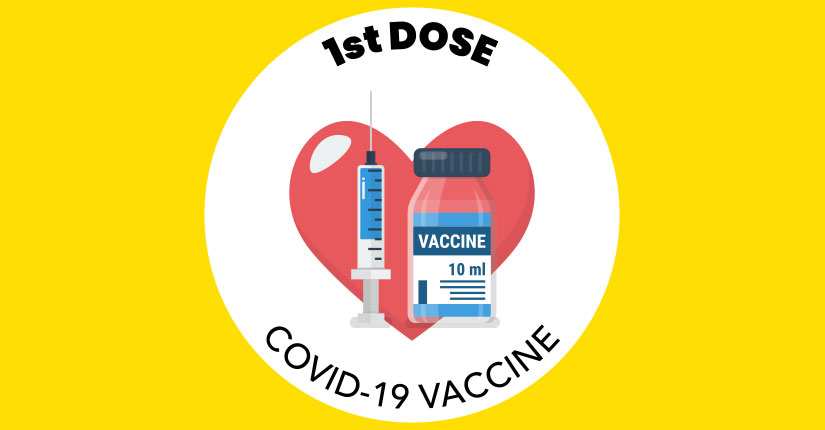WHO Tweeted That Building a COVID19 Local Manufacturing Legacy Can Save Lives, Create Jobs and Boost Economies
By Nmami Agarwal 29-Jun 2022 Reading Time: 4 Mins

Science responded incredibly to the onset of a new pandemic and it’s a historic achievement that a series of game-changing safe and effective COVID-19 vaccines were developed in less than a year. However, vaccine manufacturing is concentrated in a small handful of high- and middle-income countries that produce vaccines to lock-up supply until most of their populations were fully vaccinated, which took the majority of 2021. Ultimately the unequal rollout meant the majority of older people and health workers – those most at-risk of dying from COVID-19 – in low-income countries were not protected, which led to unnecessary loss of lives and livelihoods.
Based on the learnings of what happened during COVID-19 with the supply of vaccines, the inevitability of the next pandemic; WHO has been working with leaders, particularly from government and the private sector around the world to build up manufacturing in low- and middle-income countries.
- First, access to know-how and transferring technology is key to building up manufacturing capacity. Prior to the pandemic, of the hundreds of millions of vaccines used in Africa, 99% of them are made outside the continent. Simultaneously, WHO set up an mRNA technology transfer hub in South Africa, a collaboration between the government, local manufacturers, health agencies, and academic institutions.
- Second, strengthening workforce capacity and experience in developing biological products. Acquiring know-how does not help if the workforce is unable to implement the know-how. WHO has developed a biomanufacturing training hub in the Republic of Korea to help countries produce not just vaccines, but also insulin, monoclonal antibodies, and cancer treatments.
- Third, strengthening regulatory systems is critical. There’s no point in making products if there is no strong regulatory oversight for quality assurance and if the population does not trust the products. Therefore, WHO is working actively to strengthen national regulatory authorities across Africa, in particular in countries receiving mRNA technology transfer.
- Fourth, commercial sustainability through long-term investment. Building facilities is easy but building sustainable facilities is more of a problem. Boosting manufacturing is a job creator, and good for the overall economy. In the long-term the more producers there are, the easier it is to mass-produce lifesaving health tools that are affordable, which in a future pandemic could be the difference between stopping an epidemic or at least minimizing the damage of a pandemic.
Over To You:
Boosting manufacturing takes time and there is an initial down-payment but in terms of investments, there are few as astute for improving health, creating jobs, and strengthening the economy.




















